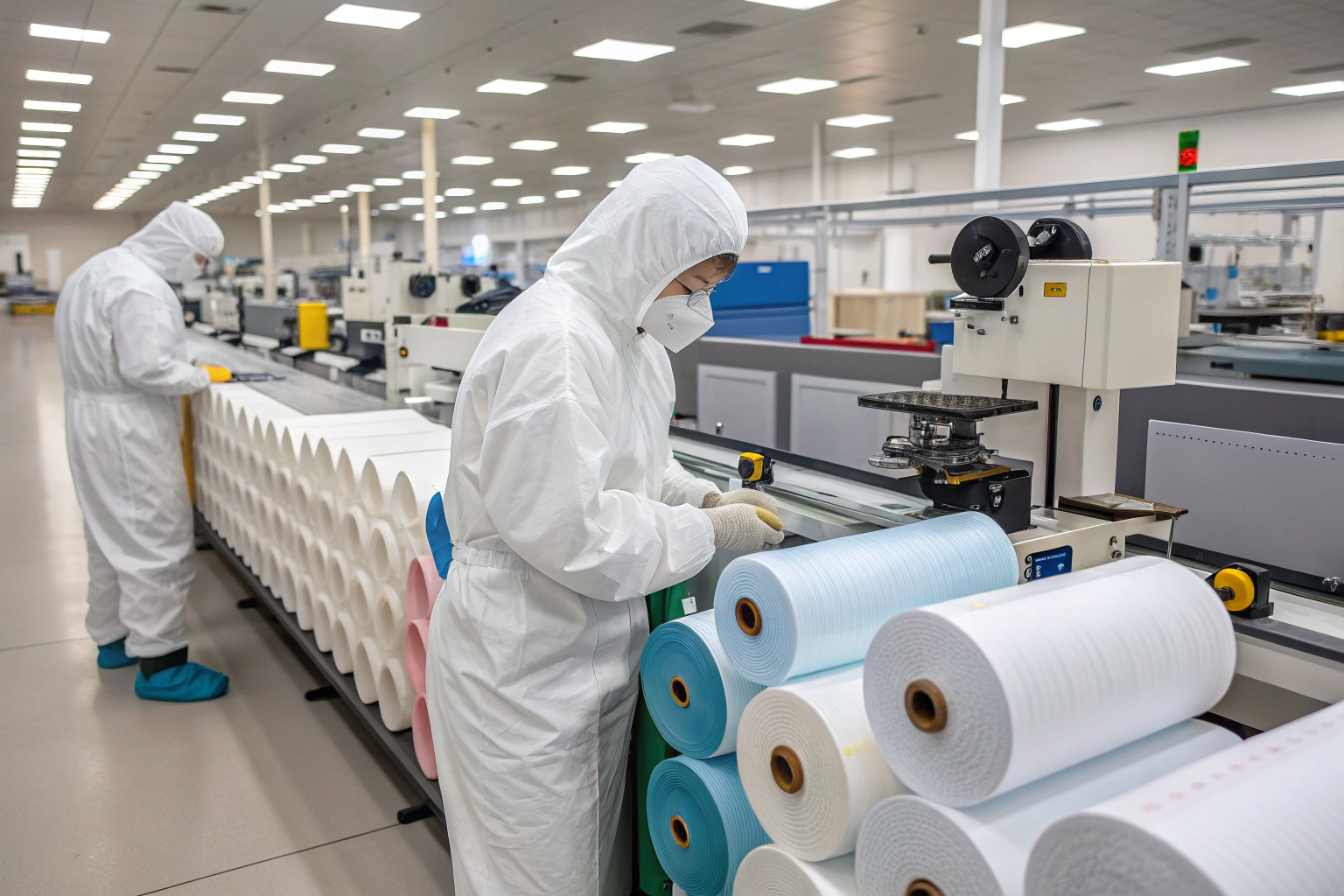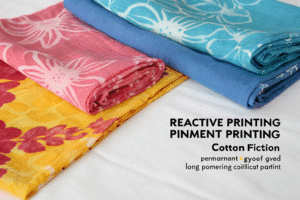In recent years, the textile industry has faced rising risks of counterfeit fabrics and misrepresented origins. Buyers, manufacturers, and global brands suffer when fake goods enter supply chains, damaging trust and increasing costs. Traditional tools such as barcodes, RFID labels, or holograms often fail because they can be copied, removed, or destroyed during fabric processing. This is why DNA molecular tagging has become one of the most advanced solutions for textile authentication, providing security at the molecular level and a reliable method to verify material identity.
DNA molecular tagging is now seen as the most secure method for fabric authentication because it is invisible to the eye, durable under harsh processing, and scientifically verifiable. From plant-based DNA embedded in cotton to fluorescent DNA that can be read by a smartphone, these technologies are helping companies strengthen supply chain integrity and consumer confidence.
In this article, I will explain four of the most important DNA molecular tagging systems being applied to textiles today: POSERS DNA steganography, DNATags/DNATrack field systems, Microtrace DNA taggants, and Applied DNA Sciences’ SigNature T.
How Does POSERS DNA Steganography Work?
Counterfeiting has become increasingly sophisticated, and traditional solutions often cannot keep up. POSERS (Position-Oriented Scattering of Elements among a Randomized Sequence) is a new DNA-based steganography system that hides authentication codes in random DNA sequences. This creates a security barrier that cannot be copied by conventional methods.
POSERS works by scattering DNA elements in a hidden pattern that only advanced sequencing can decode. This makes it extremely difficult for counterfeiters to reproduce, even if they have access to DNA samples.
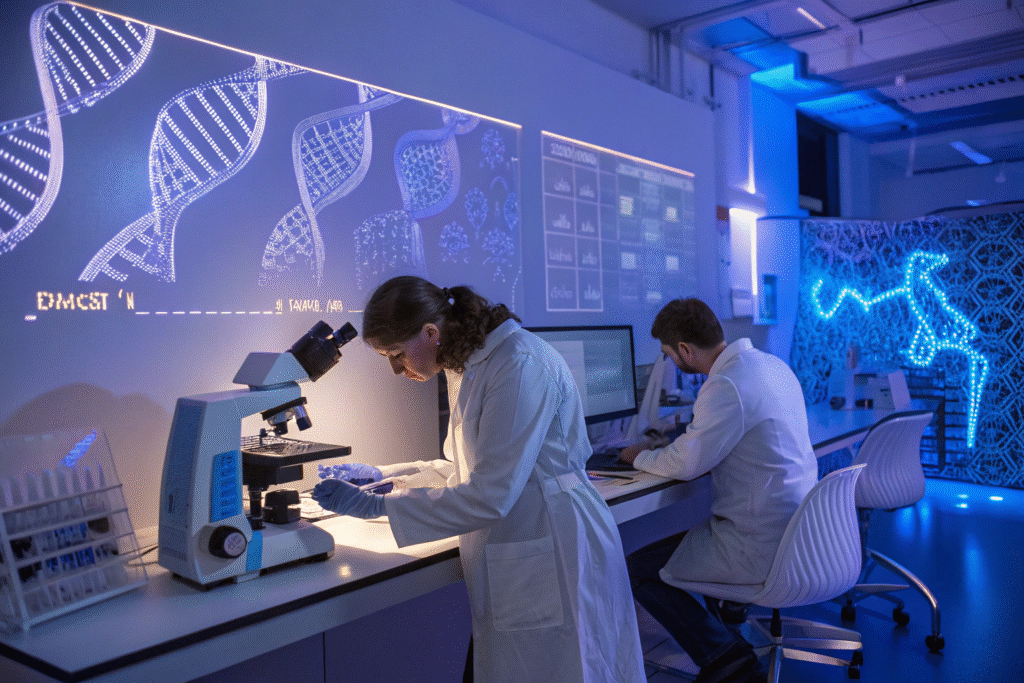
Why Is POSERS Difficult to Copy?
Unlike standard barcodes or labels, POSERS relies on steganography, a method of concealing data inside other structures. In this case, DNA is arranged in randomized sequences. Only the correct algorithm and sequencing tools can reveal the hidden code. This means that even if a fake producer tries to copy the DNA, they cannot reproduce the exact randomized structure. Technologies like next-generation sequencing make POSERS verifiable and scientifically secure.
Can POSERS Be Applied to Industrial Fabrics?
At this stage, POSERS is mainly in the research and testing phase. It has proven to be mathematically secure and experimentally reliable, but industrial-scale application is still under development. However, as DNA sequencing costs drop and processing speed increases, POSERS may soon become part of high-value textile authentication, especially for luxury fashion or protective fabrics. You can learn more about related cryptography methods in steganography studies.
What Are DNATags and DNATrack Systems?
For textile companies, the ability to check fabric authenticity directly in the field is very important. DNATags and DNATrack are systems designed to solve this problem. They use engineered DNA that produces a visible signal when exposed to certain conditions, which can then be read with a smartphone and a simple filter device.
DNATags and DNATrack allow fast, field-level authentication without sending samples to a laboratory. This makes them practical for customs inspections, trade shows, or warehouse checks.
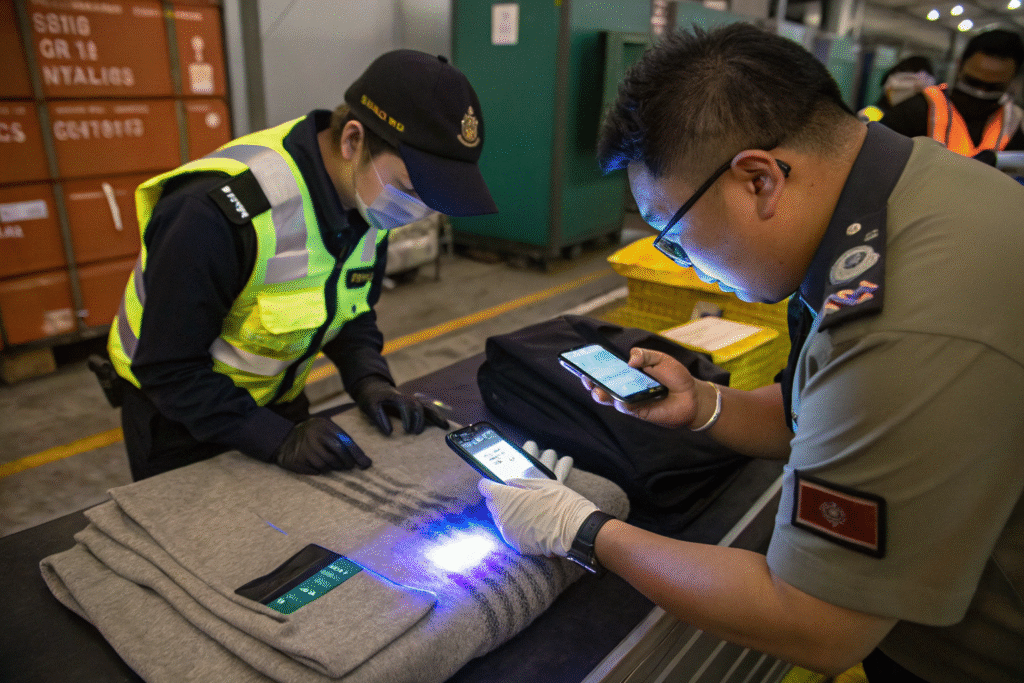
How Does Smartphone Authentication Work?
DNATags are engineered to fluoresce under specific conditions. When applied to a paper strip and tested with a small filter, the DNA creates a signal that a smartphone camera can capture. This makes it possible to confirm fabric authenticity within minutes. DNATrack takes this further by adding hybridization encoding, a process that makes the tags even harder to duplicate. A full explanation is available in Nature Communications.
Are DNATags Affordable for Global Trade?
At present, DNATags and DNATrack remain relatively expensive, costing around $2–4 per tag for encoding and reading. While this cost is high for low-value textiles, it is already cost-effective for luxury clothing, performance sportswear, or technical textiles. As DNA synthesis becomes cheaper, DNATags could become a standard tool for large-scale fabric exports. Researchers are already working on making the process more cost-efficient using paper-based assays.
What Are Microtrace DNA Taggants?
Some brands prefer covert authentication methods to avoid alerting counterfeiters. Microtrace provides DNA taggants that are invisible, stable, and legally recognized. These markers are applied directly to fabrics and can only be detected through specialized laboratory testing such as PCR analysis.
Microtrace DNA taggants provide legal-grade proof of authenticity and are nearly impossible to duplicate. They remain intact even after washing, bleaching, or other harsh treatments.
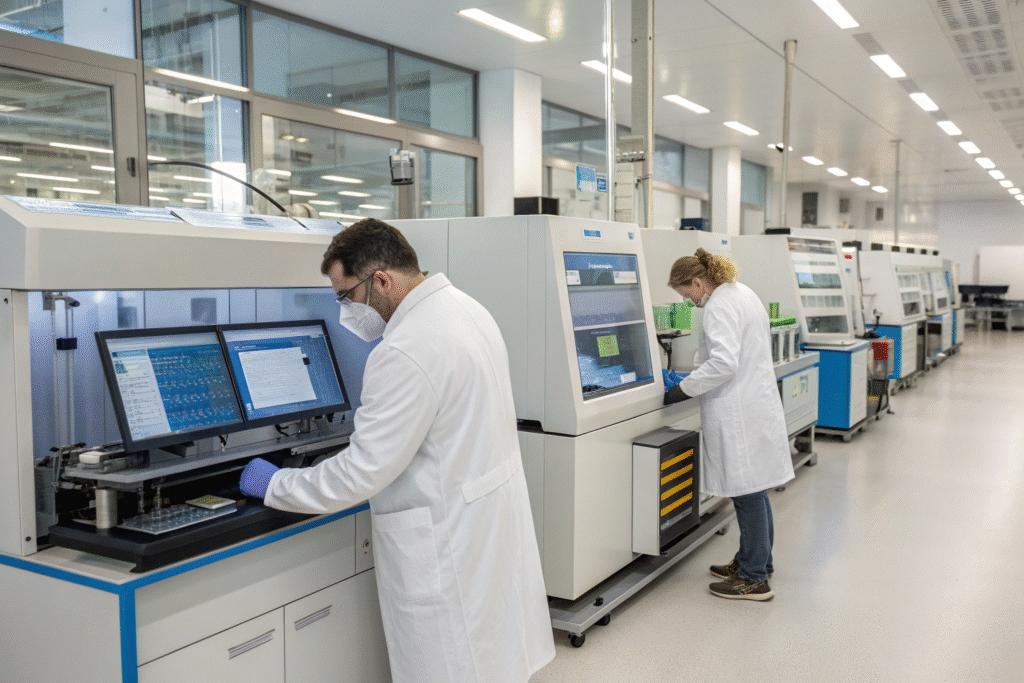
Why Do Courts Accept Microtrace Taggants?
Microtrace DNA taggants are invisible to the naked eye and cannot be detected or replaced by counterfeiters. When authenticity disputes arise, fabric samples can be sent to certified laboratories for analysis. PCR results then serve as reliable scientific evidence in legal cases. Many industries, including textiles, use them to strengthen brand protection. More information is available at Microtrace Solutions.
Where Are Covert DNA Systems Most Useful?
Microtrace systems are particularly useful for sensitive industries such as defense textiles, protective uniforms, and luxury fashion. Their greatest advantage is forensic reliability, though they do not offer instant field checks. Brands often combine Microtrace with other visible verification methods to balance security and practicality. Similar use cases are discussed in supply chain authentication research.
How Does SigNature T Work in Textiles?
Among all current DNA tagging solutions, SigNature T by Applied DNA Sciences is one of the most widely used. It applies botanical DNA markers to fibers, yarns, and fabrics during production. These markers remain stable through industrial processes and can be detected at any stage of the supply chain.
SigNature T is proven in large-scale textile production and already used by international brands. It has been applied to cotton, denim, and blended fabrics, showing resilience in stonewashing, bleaching, and heavy laundering.
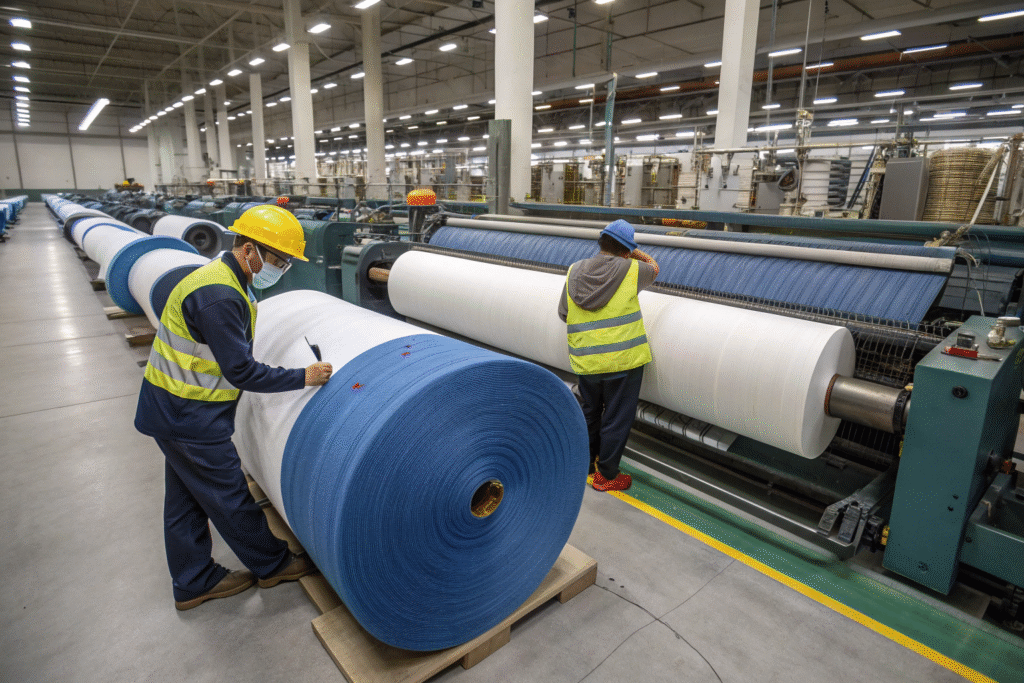
Can SigNature T Survive Harsh Treatments?
Yes. Tests on denim fabrics showed that SigNature T markers remain detectable even after strong washing and bleaching. This durability makes it practical for bulk textile orders and global exports. A detailed case study can be found on Applied DNA Sciences.
Why Do Global Brands Prefer SigNature T?
Large textile companies and fashion retailers need scalable and cost-effective solutions. SigNature T works with existing manufacturing systems, making it easy to adopt without slowing down production. It also helps brands meet international regulations for textile labeling and sustainability reporting. To see examples, you can check Innovation in Textiles.
Conclusion
DNA molecular tagging is transforming the way fabrics are authenticated and tracked across global supply chains. POSERS represents the next generation of secure, science-driven protection. DNATags and DNATrack deliver rapid verification in the field. Microtrace taggants ensure covert, forensic-level authentication. SigNature T offers the most practical and scalable solution for today’s textile industry.
These technologies are shaping a future where every fabric can be traced and every brand can guarantee authenticity. If you are a brand or buyer seeking reliable fabric sourcing and authentication, we at Shanghai Fumao can help integrate these systems into your orders. Our team ensures authenticity, quality, and compliance for every meter of fabric. Contact our Business Director Elaine at elaine@fumaoclothing.com to discuss how we can partner on your next textile project.

